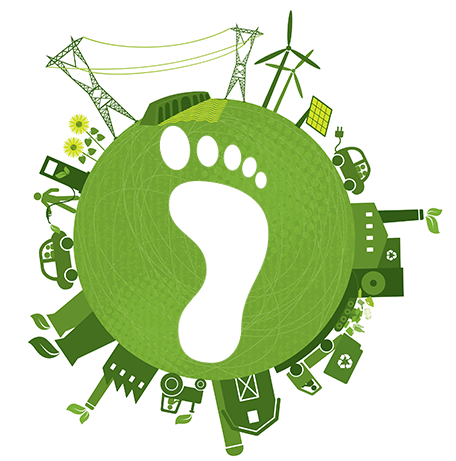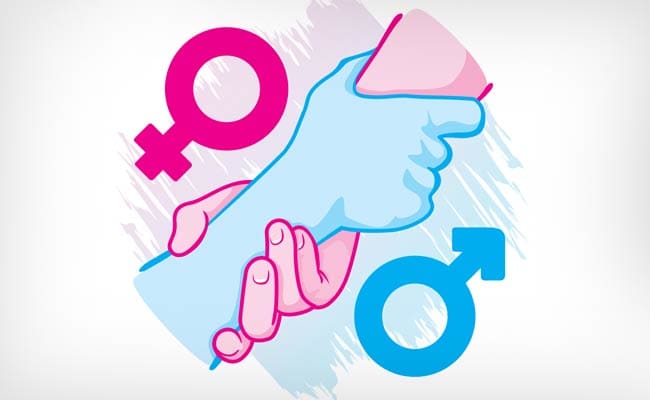Nigeria And Carbon Credit

The next few years will be important in the development of Nigeria and Carbon Credit. Due to the increased number of large industries, combustible fossil fuels such as coal, power plant gas, oil, vehicles in Nigeria, the emission of carbon dioxide and other greenhouse gases has become alarming. Carbon dioxide is a harmful gas to […]
Why Ventilation is essential

Have you ever wondered why ventilation is essential? Ventilation is the provision and circulation of fresh air across a room. It is a process that either supplies air into space or removes air from space by natural or mechanical means. Considering that our lives depend on the intake of air. The quality of the air […]
Jollof Rice & The Environment

What does jollof rice have to do with government policy on LPG use? Well, the Federal government is making efforts to encourage citizens to utilize Nigeria’s huge gas reserve and discourage the use of firewood in Nigeria. Meet Mrs. Koffo, a smoked-fish monger at Ibeju lekki. Her husband is a fishnet maker while her son […]
HUAWEI IDP INTERVENTION REPORT

It is December, just when the wind was getting chilly, with most people taking a deserved break from work to travel and be with loved ones. When the exchange of gifts becomes commonplace, it’s quite easy to overlook a few things, especially those that matter. But, in the spirit of giving and community awareness, HUAWEI […]
The Reality Of Carbon Footprint

If you really want to reduce your carbon footprint, have fewer kids and ditch your car…! Carbon footprint is the amount of carbon dioxide released into the atmosphere as a result of the activities of a particular individual, organization, or community. The most common way to reduce the carbon footprint of humans is to Reduce, […]
How nature can help us heal from grief

Here’s how you can help friends and family during somber times. Death is a part of life. It’s a cliché. But clichés exist for a reason. The fact is we are surrounded by dying each and every day. Every time we step out in our yard, we are seeing an abundance of life. But we’re […]
10 Ways To Make Your Community Healthier

The environment in your neighborhood and surrounding community has a huge impact on your health and lifespan. Where you live determines how safe your drinking water is, whether you have access to healthy food, how often you get outdoors to exercise and whether you breathe clean air. In fact, an health statistics show that social […]
SDG 5: Gender Equality In Nigeria – A Critical Political Analysis

Gender equality refers to a situation where women and men have equal conditions for realising their full human rights and potentials; are able to contribute equally to national, political, economic, social and cultural development and benefit equally from the results. Furthermore, it entails that the underlying causes of discrimination are systematically identified and removed in […]
SDG 3: Good Health And Well-Being “In Nigeria”

The chief objective of SDG 3 is to ensure healthy lives and promote well-being for all at all ages. According to the United Nations Development Programme statistics Each year around the world, more than 6 million children die before reaching their fifth birthday. Children born into poverty are almost twice as likely to die before […]
FOTE, UNDP & Zenith Bank Empower Women
As part of efforts at reducing health hazards and protecting the environment, Global Environment Facility (GEF) of United Nations Development Programme (UNDP) and Friends Of The Environment (FOTE) in partnership with Zenith Bank, have empowered over 100 women in Ibeju-Lekki Local Government Area of Lagos State on the use and benefits of cooking gas. Chairperson of […]
